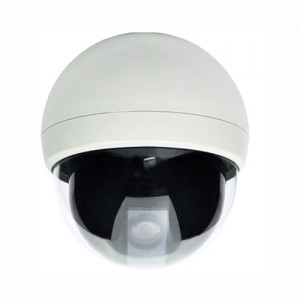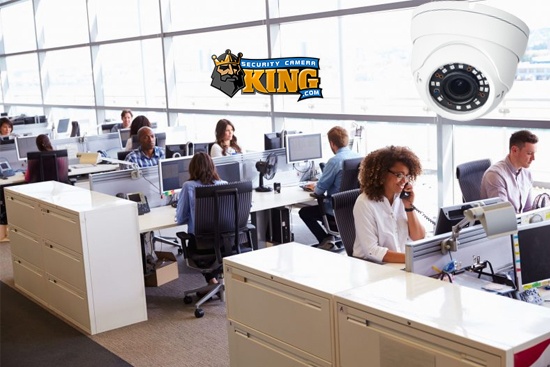 There are lots of ways to network a digital video security and surveillance camera system. Thanks to the digital age and the advancements of computer and Internet technology the Internet can be used as a medium for networking, allowing the user to have global access. This is just one of the functions of Internet Protocol or IP security camera software.
There are lots of ways to network a digital video security and surveillance camera system. Thanks to the digital age and the advancements of computer and Internet technology the Internet can be used as a medium for networking, allowing the user to have global access. This is just one of the functions of Internet Protocol or IP security camera software.
IP security camera software may come with a variety of different functions. For example its primary purpose may be just to make the camera IP ready so that it can transmit its video images over the Internet to the user. These cameras are often called IP ready security cameras and it allows the user to place a camera just about anywhere there is access to broadband Internet. The camera then transmits its videos over the Internet to a personal computer that has the IP security camera software installed.
This software contains the programming needed to communicate with the IP digital camera. It normally runs as an active x function on Windows’ Internet Explorer and other browsers so the user can monitor his/her camera simply by using a compatible browser. If the camera is a Pan-Tilt-Zoom or PTZ camera, the IP security camera software may even provide the necessary programming so that the user can operate the controls to the PTZ via the Browser.
Another type of IP security camera software uses the Internet as the vehicle for networking among IP cameras. In other words, instead of the camera using RG-59 coaxial cable or other wiring to send its video images to the Digital Video Recorder or DVR, the camera simply plugs into a broadband Internet connection and once connected, uses the Internet to send its video image data to a Network Video Recorder or NVR.
The NVR acts pretty much like a typical DVR however it is made for networking cameras and storing their video images via the Internet. Some NVRs require that a certain type or brand of camera be used and some NVRs also restrict the use of the NVR and IP cameras to one physical location. The NVR coordinates the IP system, including the cameras, file storage, and playback.
So why use IP cameras and IP security camera software? In this age of global communication, many workers perform a great deal of traveling. Using and IP camera with IP security camera software, it’s possible to monitor your IP cameras in Maine while you are in Hawaii. You can also often gain access to the cameras using smartphones and a special type of IP security camera software designed specifically for smartphones called an “application” or just simply put, “an app.”
Another example for using IP camera systems is that you may have cameras located in totally different geographical areas. However, you may want to record these cameras from a totally different location (a home office for example). Perhaps you own 2 or 3 convenient stores in your area and want to be able to monitor them from your home office. You simply connect the IP camera to the Internet, set up your NVR, and you can monitor all three locations at once from a totally different location than any of your cameras (home office for example).
These are just some of the ways that an IP camera system can be used. If you prefer to take advantage of professional full time monitoring of your cameras IP camera software can also make it possible for the monitoring company to see each of your cameras.
Usually, IP security camera software is provided by the camera manufacturer or the NVR manufacturer so you seldom ever need to purchase the software separately. Security Camera King has another type of IP security camera software called a Mobile Video Server and in comes in 4, 8, and 16 channel capability.
This software allows the user to embed a live stream of one or more cameras on a web page. This means that any Web browser that can play streaming video will be able to view the cameras. Of course smartphones, PDA’s, and the like will be able to view them too.
Most IP security cameras use CODECs (COmpression/DECompression) software in tandem with the DVR to shrink the size of the incredibly large digital video file while maintaining quality. For example, many IP security cameras send MJPEG to the NVR for recording and use H.264 for streaming to the Internet.











